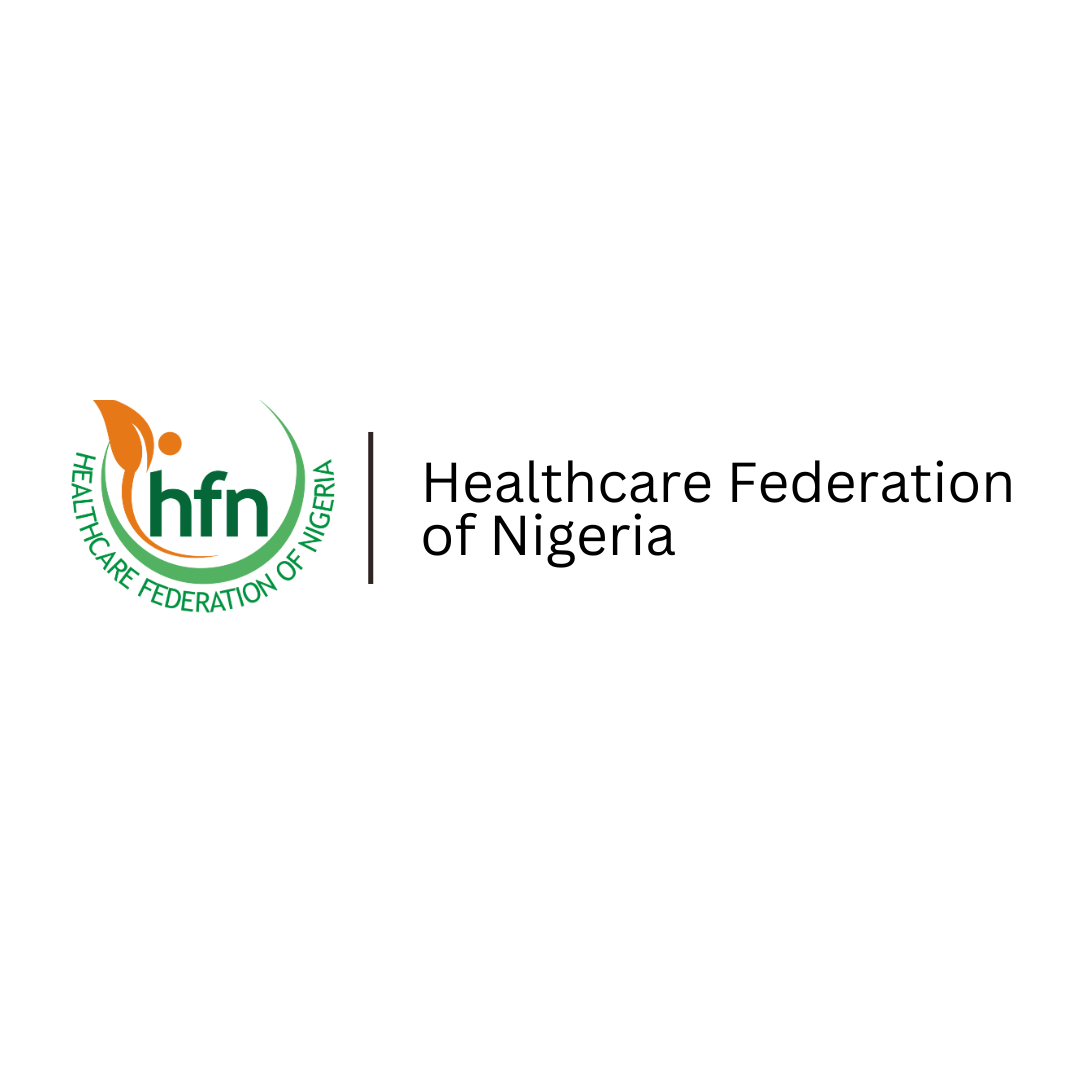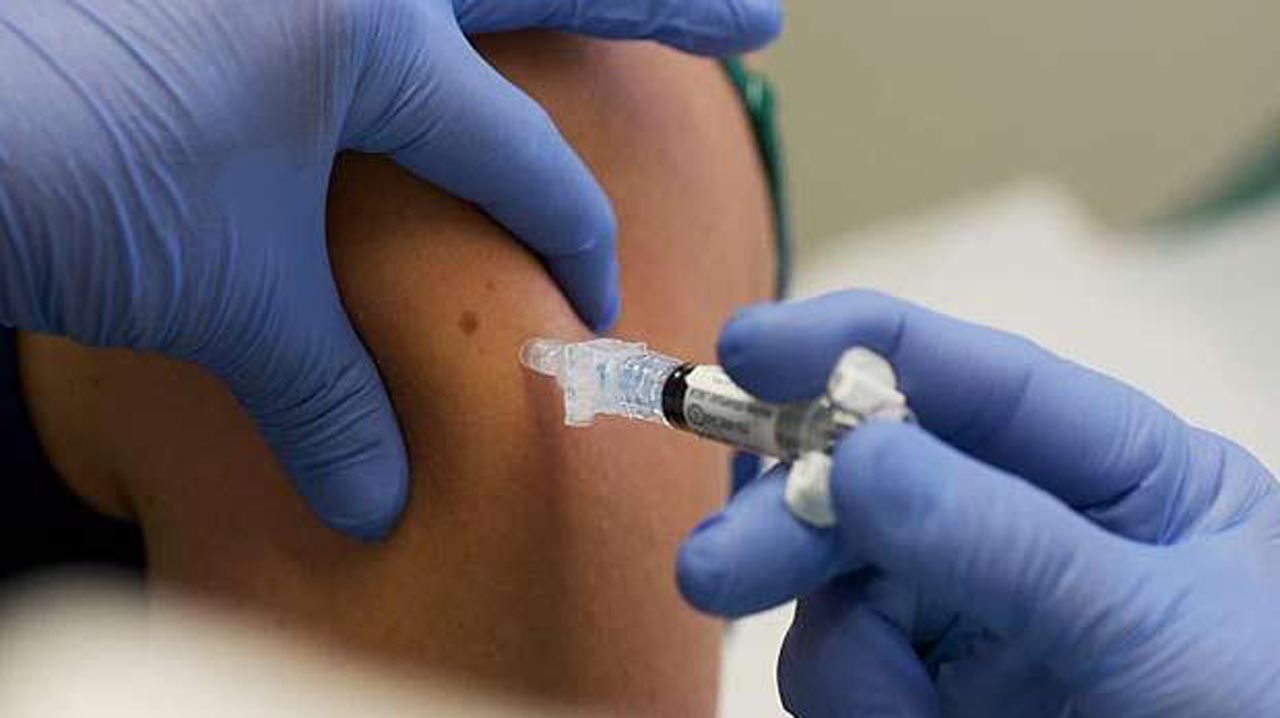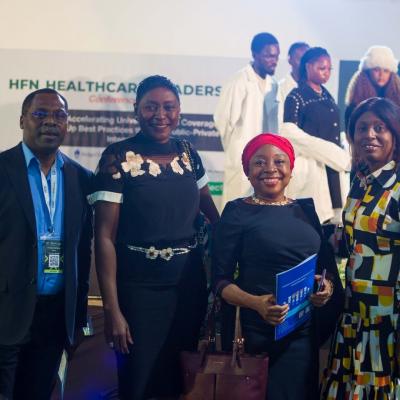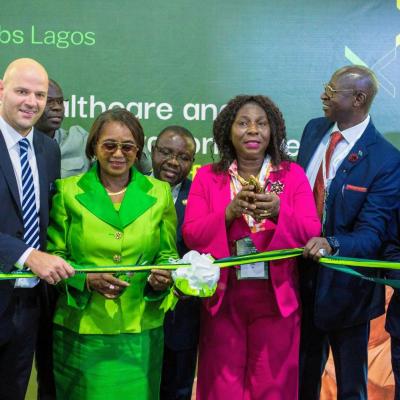Between December 2016 and June 23, 2017, a total of 14,513 cases with 1,166 deaths was reported from 24 States by the Nigeria Centre for Disease Control (NCDC). Of the reported cases, 1,002 (6.9 per cent) were laboratory tested; of which 463 (46.2 per ccent) were confirmed positive for bacterial meningitis. Neisseria meningitides serogroup C was the predominant (75.4 per cent) cause of meningitis amongst those who tested positive.
According to latest situation report from the World Health Organisation (WHO), as bacterial meningitis season begins in West Africa this year, a convergence of factors is threatening the region with large outbreaks affecting millions. A new hyper-invasive strain of meningococcal meningitis serogroup C is circulating at the same time that an acute shortage of meningitis C-containing vaccine threatens to severely limit the region’s ability to minimize the number of persons affected.
The risk of imminent large-scale epidemics is dangerously high. Last year alone, the Nm C strain caused 18,000 cases in Nigeria and Niger. Attack rates can be very high (up to 670 cases/100,000), population immunity is low, the strain is already circulating in neighboring countries of the African meningitis belt (Burkina Faso, Mali) and it showed a potential to spread outside the belt as observed in Liberia.
Meningitis is a severe disease that can cause 20,000 to 200,000 cases in large-scale outbreaks. Those affected die in 10 per cent of cases, and those who survive are at risk of severe neurological consequences. Epidemics of meningococcal meningitis hit the African meningitis belt in periodic waves and are frequently associated with the spread of new epidemic strains. Of the six serogroups (A, B, C, W, X and Y) known to cause epidemics, serogroup A was responsible for the most devastating large-scale outbreaks in this region. However, since the successful roll-out of the Men A conjugate vaccine since 2010, cases of serogroup A have fallen by 99 per cent.
The new serogroup C strain now represents the major risk of meningitis outbreaks in the region. According to WHO estimates validated by international meningitis experts, the worst-case expansion scenario could result in as many as 70,000 cases in the next two years.Long before the first case was recorded in Zamfara State, however, the World Health Organisation, WHO, and the National Primary Health Care Development Agency (NPHCDA), the agency in charge of primary health care in Nigeria, had issued stern warnings of likely Meningitis C outbreak in Nigeria due to previous occurrences and the epidemiological cycle of the disease.
In July 2015, the WHO predicted an outbreak of Meningitis C in Nigeria and some other African countries in 2016 and called for step-up in the production of vaccines to contain the disease before the 2016 meningitis season would start in January.
According to the WHO, in a statement published on its website, Africa was at large risk of Meningitis outbreak and an acute shortage of Meningitis C-containing vaccine threatened to severely limit the world’s ability to minimize the number of people that would be affected.In a background to the grim prediction, William Perea, Coordinator for Control of Epidemic Diseases Unit at WHO, said meningitis tends to hit Africa in cycles. He pointed out that cases of Meningitis C had been rising since 2013, first in Nigeria in 2013 and 2014, and then in 2015.
“We have to be ready for a much larger number of cases during the 2016 meningitis season,” he warned.According to Health Minister, Isaac Adewole, the Nigerian government could not immediately start the administration of vaccine to the affected states because it did not have vaccines for the type C meningitis in stock. It was after the outbreak that the authorities started soliciting the assistance of the WHO and other international partners to procure vaccinations and drugs to contain the spread of the deadly disease.
Minister of State for Health, Osagie Ehanire, said the drugs and vaccines are “extremely expensive” and have a short shelf life.“The vaccines are expensive to make and if acquired and stored without use, they could expire and there is just a limited stock of the type C vaccine as it is not much in demand. This outbreak has led to a greater demand,” he said.
The 2018 emergency international stockpile has just 2.5 million doses of C containing vaccine. The immediate need is for an additional 10 million doses to complement the current stockpile for 2018-2019. The priority is for conjugate vaccines. Despite the high cost, they offer the best prospects for disease control by offering a long-lasting immune response.
Meningitis epidemics in the African meningitis belt constitute an enormous public health burden. Shortages of vaccine to control the new hyper-invasive strain portend a catastrophe with potential to affect as many as 34 million persons in the region. By raising the alert now, WHO hopes to close the critical vaccine gap and keep this highly feared disease from sweeping across and potentially beyond West Africa.
In fact, latest figures from the WHO indicate that meningitis epidemics could affect 34 million people in the next two years and 10 million doses of vaccines would be needed in addition to the stock available in the international emergency stockpile in order to provide a sufficient response.
Also, the WHO has approved a longer-lasting, more effective typhoid vaccine called Typbar-TCV.United Nation (UN) agencies will now be able to buy the vaccine and use it globally. Bharat Biotech, the vaccine manufacturer, announced in their press release that they will offer the vaccine at $1.50 per dose for Gavi-supported countries, with a further price reduction to around $1.00 for low income countries (LICs) and lower middle income countries (LMICs) that order more than 100 million doses. This commitment to lowering the vaccine price is a major step toward ensuring it can reach the populations who need it most.
The vaccine is also the first to be deemed safe for babies, a group who are particularly vulnerable to contracting typhoid.Dr. Anita Zaidi, director of the Vaccine Development, Surveillance, and Enteric and Diarrheal Diseases teams at the Bill & Melinda Gates Foundation, noted that: “With this new vaccine – the first-ever to be safe for infants – countries will finally be able to protect millions of children who are most vulnerable to this deadly disease.”
WHO prequalified the first conjugate vaccine for typhoid, Bharat Biotech’s Typbar-TCV®, at the end of December 2017. Typhoid conjugate vaccines (TCVs) are innovative products that have longer-lasting immunity than older vaccines, require fewer doses, and can be given to young children through routine childhood immunization programmes. The fact that the vaccine has been prequalified by WHO means that it meets acceptable standards of quality, safety and efficacy. This makes the vaccine eligible for procurement by UN agencies, such as United Nation Children Education Fund (UNICEF), and Gavi, the Vaccine Alliance.
In October 2017, the Strategic Advisory Group of Experts (SAGE) on immunization, which advises WHO, recommended TCV for routine use in children over six months of age in typhoid endemic countries. SAGE also called for the introduction of TCV to be prioritized for countries with the highest burden of typhoid disease or of antibiotic resistance to Salmonella Typhi, the bacterium that causes the disease. Use of the vaccine should also help to curb the frequent use of antibiotics for treatment of presumed typhoid fever, and thereby help to slow the alarming increase in antibiotic resistance in Salmonella Typhi.
Shortly after SAGE’s recommendation, Gavi Board approved US$85 million in funding for TCVs starting in 2019. Prequalification is therefore a crucial next step needed to make TCVs available to low-income countries where they are needed most. And even in non-Gavi-supported countries, prequalification can help expedite licensure.
Typhoid is a serious and sometimes fatal disease spread through contaminated food and water. Symptoms include fever, fatigue, headache, abdominal pain, and diarrhea or constipation. For millions of people living in low- and middle-income countries, typhoid is an ever present reality. Global estimates of the typhoid burden range between 11 and 20 million cases and between about 128 000 and 161 000 typhoid deaths annually. Poor communities and vulnerable groups, such as children, are often the most susceptible.
Urbanization and climate change have the potential to increase the global burden of typhoid. In addition, increasing resistance to antibiotic treatment is making it easier for typhoid to spread through overcrowded populations in cities and inadequate and/or flooded water and sanitation systems.

 The threat of another deadly epidemic of Cerebro Spinal meningitis (CSM) persists in Nigeria as the country enters into another high-risk season (dry season- from November to May) for meningitis, measles and other infections.
The threat of another deadly epidemic of Cerebro Spinal meningitis (CSM) persists in Nigeria as the country enters into another high-risk season (dry season- from November to May) for meningitis, measles and other infections.




